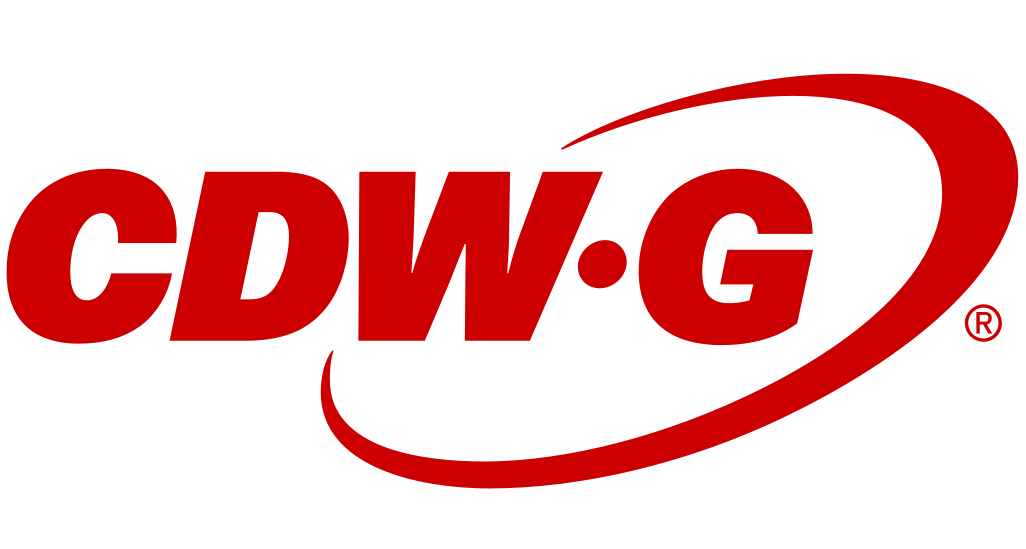Because Advanced Authentication has been optimized for performance, organizations continue to appreciate focus of enabling them to do more with less. Unlike traditional virtualization, containers access the kernel of their host environment externally, which means that there is no need to include OS elements inside a container. This approach makes for more efficient utilization of server hardware that can be achieved with VMs.
From the beginning, Advanced Authentication was engineered from the bottom up to give organizations the flexibility they need to optimize it for their environments. Now, using Docker Containers to keep all of its application dependencies packaged together inside of the same container, Advanced Authentication containers can be executed on any Docker host without the need for manual configuration. This lessens the risk that inconsistencies in the environment will adversely affect a customer's configuration.
Docker containers can interact with any combination of bare-metal, virtualization, hypervisor, and cloud-based technologies. As an added benefit, container technology simplifies the process of effectively managing such complex configurations.
In the case of older applications which may not integrate well with containers, it may not pay to update or refactor them all at once. Instead, a future migration from VM-centric applications to containerized applications can be planned in such a way as to have it happen incrementally as each of these changes is able to be implemented over time.

